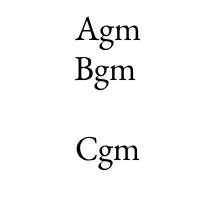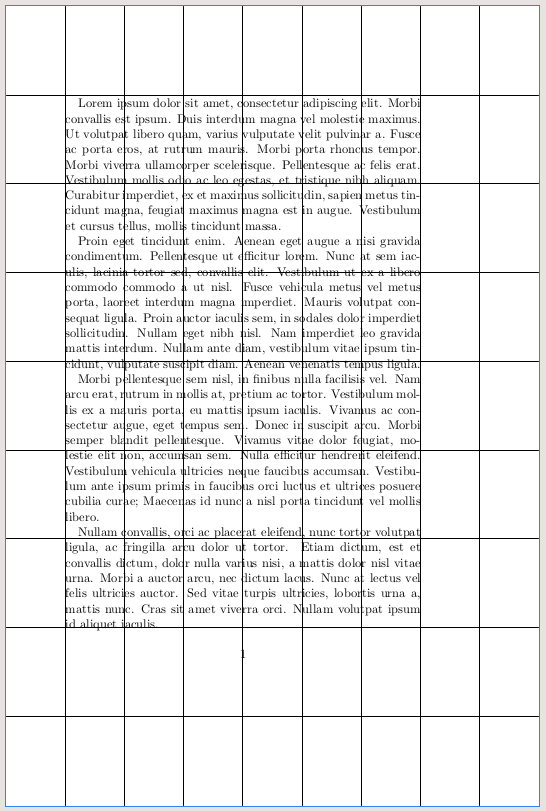1
1
[pdfcomment] the font option produces PDFs that only render correctly in Adobe Acrobat, not Poppler (xpdf, evince, okular)
(linkage.ds8.zone)
submitted
8 months ago* (last edited 8 months ago)
by
LibreMonk@linkage.ds8.zone
to
c/tex@lemmy.sdfeu.org
This is the sample code (for LuaTeX or XeTeX):
\documentclass{scrartcl}
\usepackage{pdfcomment}
\usepackage[english]{babel}
%\usepackage[latin1]{inputenc}
\usepackage[T1]{fontenc}
\usepackage{lmodern}
\usepackage{microtype}
\usepackage[svgnames,rgb]{xcolor}
\usepackage[absolute]{textpos}
\usepackage{amssymb,amsmath,array,bm}
\usepackage{courier}
\usepackage{calligra,mathptmx,helvet,concmath}
\usepackage{times}
\usepackage{fontspec} % used to access system fonts like Lucida Fax
\begin{document}
\defineavatar{standard}{height=10mm,width=15cm,type=freetext,color=white,fontsize=20pt,fontcolor=blue}%,voffset=-4.8cm,hoffset=-3.2cm}%
\noindent%
Fonts from the pdfcomment example document:\\[10mm]
\pdffreetextcomment[avatar=standard]{This font is Helvetica (the default)}\\[6mm]
\pdffreetextcomment[avatar=standard,font=LucidaConsole]{This font is LucidaConsole}\\[6mm]
\pdffreetextcomment[avatar=standard,font=Georgia]{This font is Georgia}\\[6mm]
\pdffreetextcomment[avatar=standard,font=PalatinoLinotype]{This font is PalatinoLinotype}\\[6mm]
Fonts considered among the ``14 standard fonts'':\\[10mm]
\pdffreetextcomment[avatar=standard,font=TiRo]{This font is Times-Roman (TiRo)}\\[6mm]
\pdffreetextcomment[avatar=standard,font=Helv]{This font is Helvetica (Helv)}\\[6mm]
\pdffreetextcomment[avatar=standard,font=Cour]{This font is Courier (Cour)}\\[6mm]
\pdffreetextcomment[avatar=standard,font=ZaDb]{This font is ZapfDingbats (ZaDb)}\\[6mm]
\pdffreetextcomment[avatar=standard,font=Symb]{This font is Symbol (Symb)}\\[6mm]
Ad-hoc selection:\\[10mm]
\pdffreetextcomment[avatar=standard,font=lmodern]{This font is Latin Modern}\\[6mm]
\pdffreetextcomment[avatar=standard,font=textcomp]{This font is textcomp}\\[6mm]
\pdffreetextcomment[avatar=standard,font=bogus]{This font is bogus (non-existent yet accepted!)}\\[6mm]
\pdffreetextcomment[avatar=standard,font={Lucida Fax}]{This font is Lucida Fax from fontspec}\\[6mm]
\pdffreetextcomment[avatar=standard,font=calligra]{This font is Calligra}\\[6mm]
\end{document}
The first question is what can be done to make the fonts render correctly in Poppler-based PDF viewers?
The other question: is Poppler the only game in the FOSS town? Or is there a FOSS alternative?
#askfedi #latex



